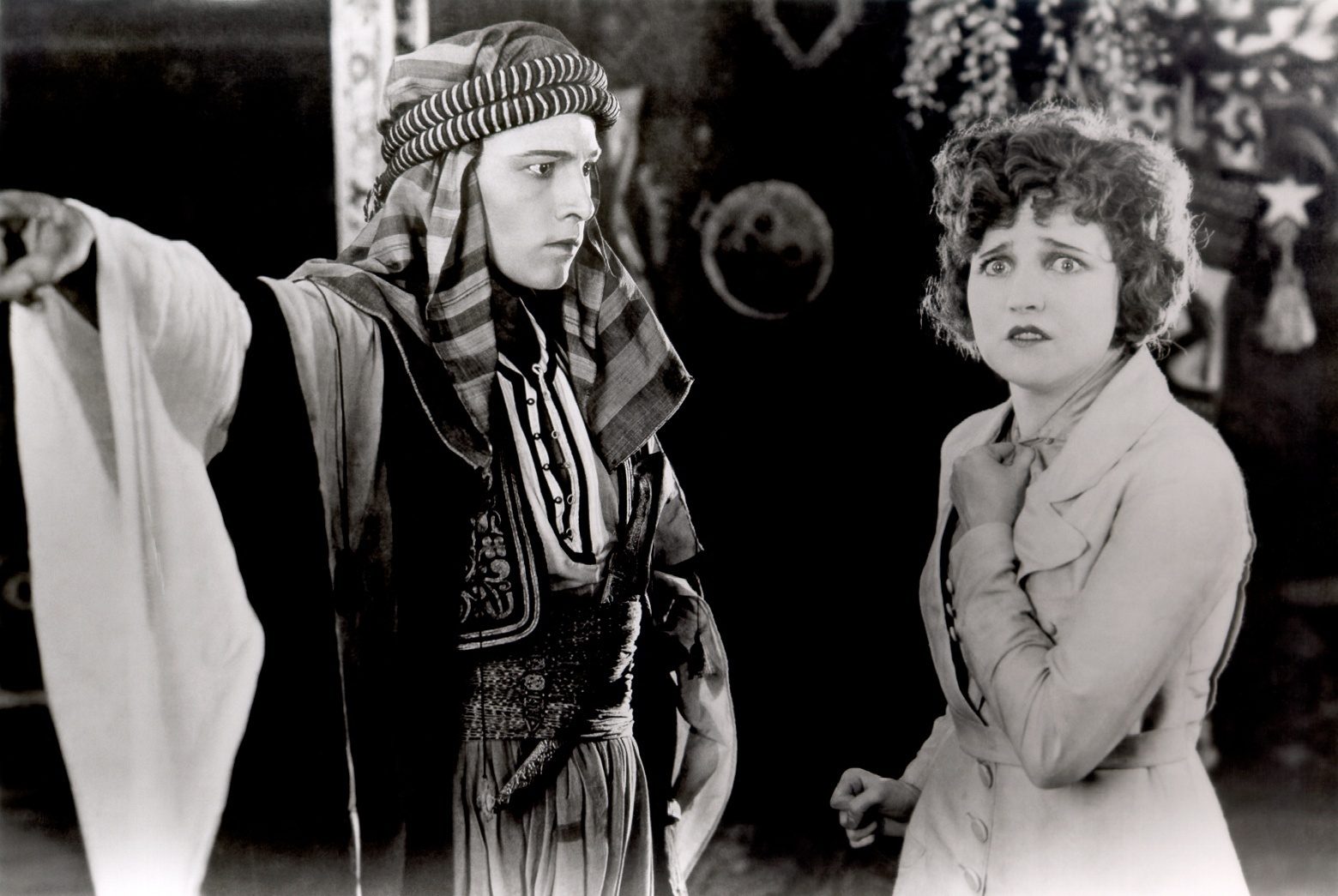What Can We Learn From Silent Films In The Digital Age?
The Art of Visual Storytelling
The era of silent films lasted from 1894 to 1929, and left a profound mark on the cinematic arts. Even today, with technology that allows us to shoot high quality videos on our smart phones, and download and use open source special f/x software, the charm of silent film remains unabated.
In 2011 the French silent film The Artist swept the Oscars, winning five major awards, including Best Picture, Best Director and Best Actor. It was not only a critical success, but a financial one as well, with a worldwide gross of over $13 million.

An art form that has been practiced and celebrated for over one hundred years, modern filmmakers can learn a lot from this genre. Here are a few lessons:
#1: Show, Don’t Tell
This common piece of advice for writers may very well be the mantra for all silent films. Without the convention of long, exposition-heavy monologues, silent storytelling relies entirely on visual elements. When you find yourself explaining the plot through your characters, think about what you can do to write a scene that displays it instead.
#2: Use the Voice of Music
Although silent films did not have a synchronized audio track, theatres would hire a house piano player to provide improvisational musical accompaniment. In 1910 the concept of the “compilation score” was created, a cue sheet that specified which songs should be played during which parts of the film. Music aided in creating atmosphere, establishing mood and connecting the audience to the story, encouraging them to suspend their disbelief. Music has a voice of its own, and can be instrumental in providing context to a scene.

#3: Simplify Your Story
Communicating the plot of a film without dialogue is a unique challenge, but it is possible – even for storylines that don’t seem able to handle such an adaptation. A good example is the famous literary detective, Sherlock Holmes, whose film debut was in the 1900 short, Sherlock Holmes Baffled. It was no doubt a challenge to present a mystery without dialogue, but it was done eight more times during the silent film era. Consider the complexity of your storylines, and whether or not they can be reimagined with a focus on clarity.
#4: Focus on Framing
There is much to be learned from the cinematography of silent films. When they were first in production, silent films not only lacked synchronized audio, but also colour film. Although some filmmakers opted to add a pop of colour to their movies by painstakingly tinting each frame by hand, the majority of them worked entirely within the realms of black and white, focusing on framing, depth, and shadows. When you strip away the common fallbacks of modern film (special f/x, flashy action sequences, etc) the visuals must act as a foundation for the story, inviting the audience to completely immerse themselves in a new world.

—
Silent film is built into the foundation of film history, and acts as inspiration for many modern filmmakers. InFocus Film School nurtures this art form by assigning students to write, shoot and edit their own silent film during their studies here.
One excellent example of this Tom Barton’s short film, Domestic Virulence:






Leave a Reply
Want to join the discussion?Feel free to contribute!